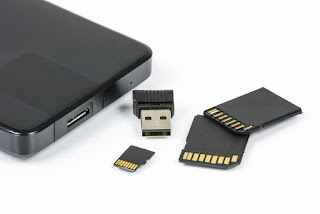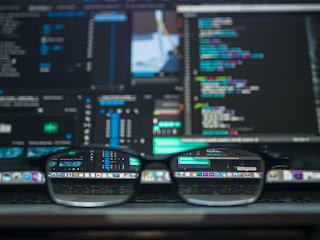Cheating in video games involves a video game player using non-standard methods to create an advantage or disadvantage beyond normal gameplay, in order to make the game easier or harder. Cheats may be activated from within the game itself (a cheat code implemented by the original game developers), or created by third-party software (a game trainer) or hardware (a cheat cartridge). They can also be realized by exploiting software bugs; this may or may not be considered cheating based on whether the bug is considered common knowledge. Software bugs are very often considered software features and as long as they are common knowledge, it is questionable whether it is cheating.
CHEAT CODES
The most basic type of cheat code is one created by the game designers and hidden
within the video game itself, that will cause any type of uncommon effect that is not part of the usual game mechanics. Cheat codes are usually activated by typing secret passwords or pressing controller buttons in a certain sequence.Some games may also offer a debug console that can be used to edit game parameters. Effects might include unlocking a character or improving character's performance: for example providing a car with greater acceleration, entering god mode or noclip mode, or visual gags with no practical purpose . Unlike other cheating methods, cheat codes are implemented by the game developers themselves, often as a tool to playtest certain aspects of the game without difficulty.
BOTS
In online game, there are methods called bots (robots), which are programs that emulate human behavior to perform actions (repetitive or not) that enable advantages to be achieved.
MODIFICATION OF RUNTIME GAME DATA
Cheating can easily be achieved by modifying the game's data while it is running. These methods of cheating are often less reliable than cheat codes included in a game by its creators. This is due to the fact that certain programming styles or quirks of internal game logic, different release versions of a game, or even using the same game at different times or on different hardware, may result in different memory usage and hence the trainer program might have no effect, or stop the game from running altogether. Modifying game data usually constitutes a violation of a software license agreement that prohibits modifying the program at all.
MEMORY EDITING
Cheating via memory editing involve modifying the memory values where the game keeps its status information. The way to achieve this will vary depending on the environment in which the game is running.
MEMORY EDITING HARDWARE
A cheat cartridge is attached to an interface port on a home computer or console. It allows a user to modify the game code either before or during its execution. An early example is the Multiface for the ZX Spectrum, and almost every format since has had a cheat cartridge created for it; such as Datel's range of Action Replay devices. Another popular example of this is Game Genie for Genesis, NES, Super NES, Game Boy, and Game Gear game consoles. Modern discbased cheat hardware include GameShark and Code Breaker which modify game code from a large database of cheats.
MEMORY EDITING SOFTWARE
The most basic way of achieving this is by means of memory editor software, which allows the player to directly edit the numeric values in a certain memory address. This kind of software usually includes a feature that allows the player to perform memory searches to aid the user to locate the memory areas where known values (such as the amount of lives, score or health level) are located. Provided amemory address, a memory editor may also be able to "freeze" it, preventing the game from altering the information stored at that memory address. Game trainers are a special type of memory editor, in which the program comes with predefined functions to modify the run time memory of a specific computer game. When distributed, trainers often have a single + and a number appended to their title, representing the number of modifications the trainer has available.
CODE INJECTION
Somewhat more unusual than memory editing, code injection consists of the modification of the game's executable code while it is running, for example with the use of POKE commands.
SAVED GAME EDITORS
Editing a saved game offers an indirect way to modify game data. By modifying a file in persistent storage, it is possible to effectively modify the run time game data that will be restored when the. game attempts to load the save game.
NETWORK TRAFFIC FORGERY
A similar method for cheating in online games involves editing packets to modify outbound network traffic, thus affecting the state of the game. Although this was more common in the past, modern games are developed with robustness against network and packet modifications, and the terms of service for most games explicitly forbid this form of cheating.
BARRIERS TO GAME COMPLETION
The 32X version of Doom does not allow the player to finish the game if any cheat codes were used; instead, after a cheating player defeats the game's penultimate level, the game simulates a program exit to DOS and displays a mock command prompt ("C:\>") . Some PC games and most Xbox games do not record player achievements if they are attained while cheat mode is activated.
~SHARE YOUR GAMING EXPERIENCE ~



















Nice. Jst what i needed to know about cheats in gaming
ReplyDeleteThanks .....
Delete